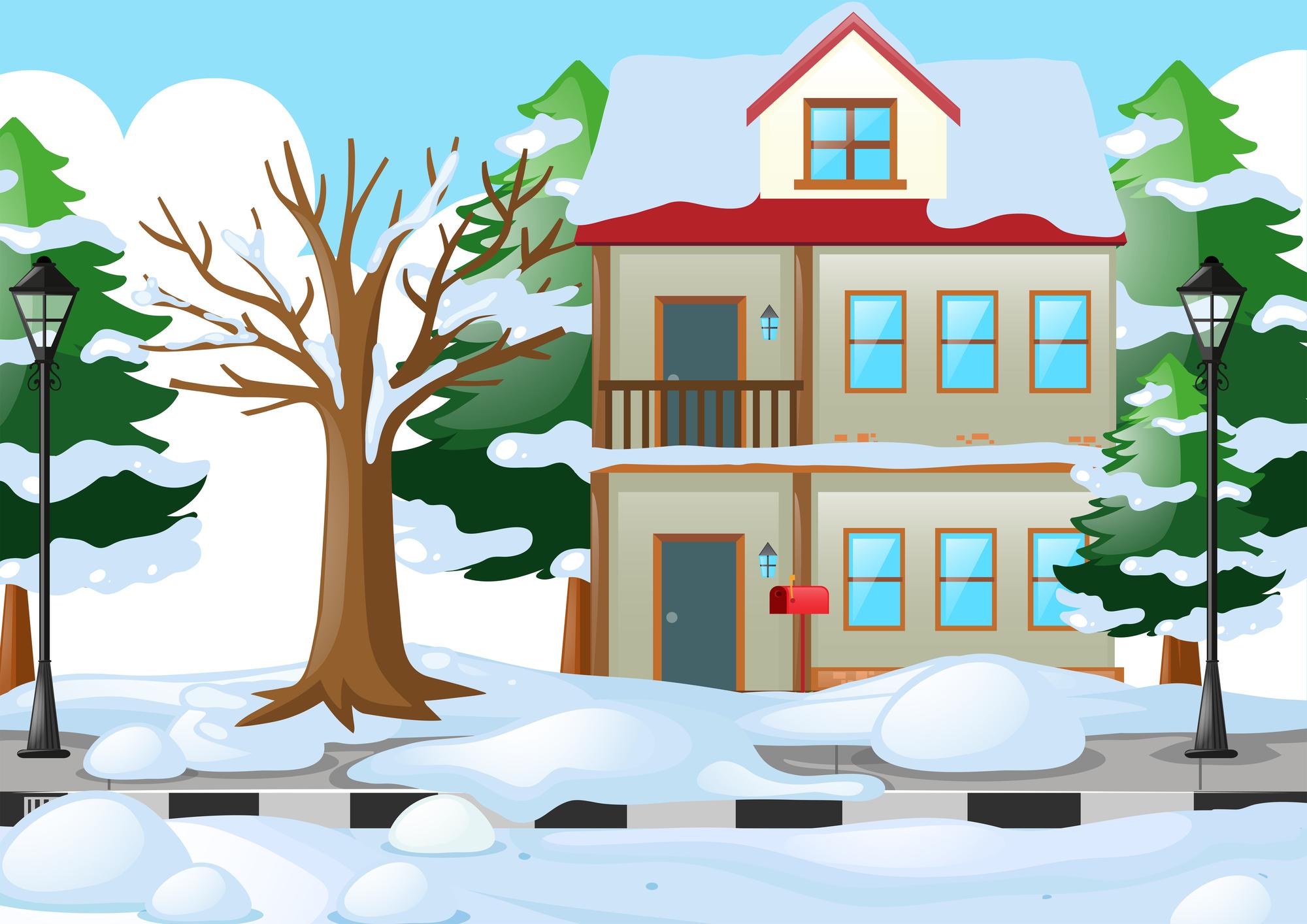Winter Home-Buying Series: What to Look For in the Cold Season
Energy Efficiency: How to assess the home’s energy efficiency, which is critical in colder
In the heart of winter, a home’s energy efficiency is not just a matter of environmental concern but also a significant factor in comfort and cost. Assessing a home’s energy efficiency before making a purchase is essential, especially in regions with harsh winter climates. Here are key aspects to consider when evaluating a home’s energy efficiency:
1. Insulation and Windows
Revisit Insulation: As mentioned in a previous post, good insulation is crucial for energy efficiency. Ensure that the home is well insulated, including walls, attics, and basements.
Window Efficiency: Double or triple-glazed windows with low-emissivity (low-E) coatings can greatly reduce heat loss. Check for the presence of such windows and their overall condition.
2. Heating System Efficiency
Heating System Type and Age: The type and age of the heating system can greatly impact energy efficiency. Newer systems tend to be more efficient.
Maintenance History: A well-maintained heating system operates more efficiently. Request maintenance records to gauge how well the system has been cared for.
3. Energy-Efficient Appliances and Lighting
Appliances: Look for energy-efficient appliances, which can be identified by labels like ENERGY STAR®. These appliances use less energy and can save on utility bills.
Lighting: Check if the home uses LED or other energy-efficient lighting options, which consume less power and last longer than traditional bulbs.
4. Energy Audits and Utility Bills
Ask for an Energy Audit: If available, review the results of a recent energy audit. This can provide a detailed assessment of the home’s energy use and areas for improvement.
Utility Bills: Request past utility bills to get a sense of the home’s monthly energy costs. This can give you a realistic idea of what to expect in terms of energy expenses.
5. Green Features
Renewable Energy Sources: Features like solar panels or geothermal heating systems are excellent indicators of a home’s commitment to energy efficiency.
Smart Home Features: Thermostats, lighting, and appliances that can be controlled remotely often contribute to more efficient energy use.
SUMMARY: Assessing a home’s energy efficiency is a multi-faceted process that involves looking at insulation, windows, heating systems, appliances, and even the availability of energy audits. A home that scores well in these areas will not only keep you warm during the winter months but also help in reducing your ecological footprint and saving on utility costs.
Key Points for Energy Efficiency: Assess the home’s energy efficiency through its insulation, windows, heating systems, and appliances. This not only affects your comfort but also your utility costs.
